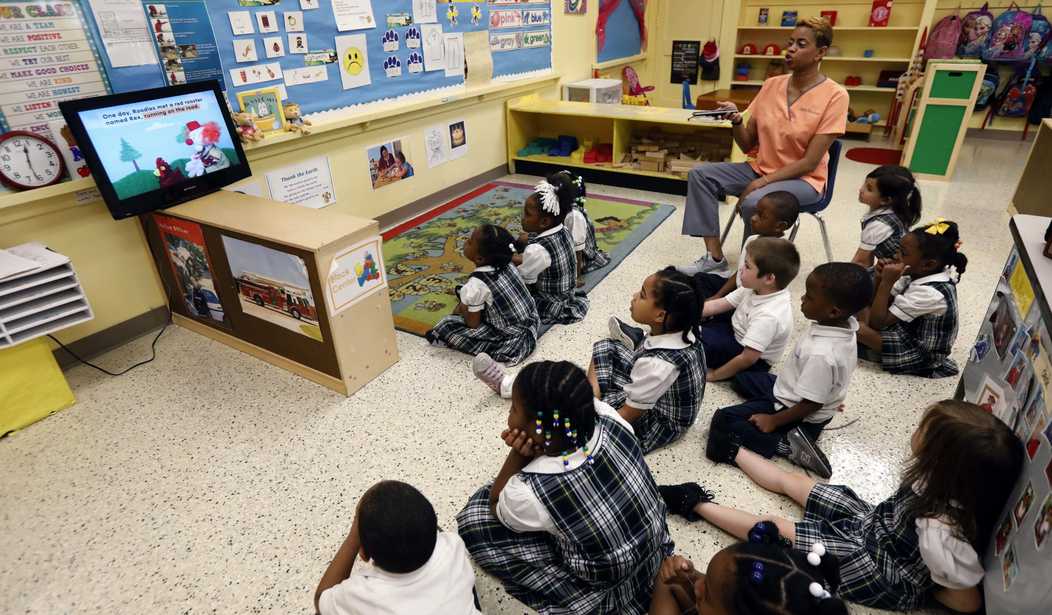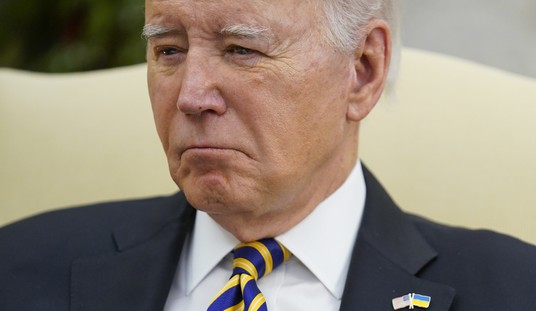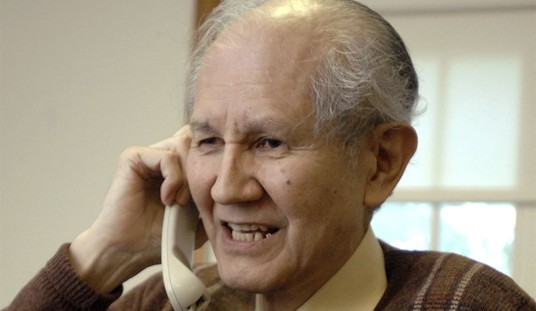WASHINGTON — Continuing funding for public broadcasting is getting bipartisan support in the House as 166 members have asked a key subcommittee to defy the Trump administration’s request to nix the expenditure.
The Corporation for Public Broadcasting, which received $445 million in the last fiscal year, would get zero federal funds under Trump’s plan. The CPB has noted that works out to about $1.35 per citizen, per year. The bulk of the funding goes to more than 1,500 public radio and TV stations at the local level; these stations in turn pay program fees for NPR content. PBS is also funded through fees from member stations, the CPB budget and other sources.
Office of Management and Budget Director Mick Mulvaney told MSNBC last month that Trump’s priorities are “national defense, homeland security, taking care of veterans, school choice and that’s what we have.”
“When you start looking at the places that will reduce spending, one of the questions that we asked was, can we really continue to ask a coal miner in West Virginia or a single mom in Detroit to pay for these programs? And the answer was no,” Mulvaney said. “We can ask them to pay for defense, and we will. But we can’t ask them to continue to pay for the Corporation for Public Broadcasting.”
Reps. Dave Reichert (R-Wash.) and Earl Blumenauer (D-Ore.) led the group of lawmakers in a letter earlier this month urging Chairman Tom Cole (R-Okla.) and Ranking Member Rosa DeLauro (D-Conn.) of the House Appropriations Subcommittee on Labor, Health and Human Services, Education and Related Agencies to “continue this legacy” of congressional support “and strongly support the Corporation for Public Broadcasting, the Ready To Learn program, and public broadcasting interconnection in FY 2018.”
“These federal investments are critical to public media’s mission to provide unique services in the areas of education, public safety, and civic leadership to all Americans,” they wrote. “These services have helped more than three generations of Americans learn to read, improved the math and literacy skills of high-need children, deepened American’s connections to their communities and the world, and successfully brought in-depth, local news, information and cultural programming to communities large and small as well as parts of America that are underserved or otherwise unprofitable for traditional media to reach.”
The 166 House members argued that the appropriation to CPB is “relatively small” and wisely allocated to member stations supporting about 20,000 local jobs. “Every federal dollar invested in public broadcasting is seed money that is leveraged by local stations to raise six additional dollars on their own from the communities they serve,” they added.
“From June 2015 through May 2016, 19.1 million children viewed Ready to Learn television content, and in calendar year 2016 there were 12.3 million page views to all Ready To Learn web games,” the letter added. “For the 54 percent of American children who don’t have the means or opportunity to attend preschool, Ready To Learn content provides an essential ‘school readiness’ experience.”
Public TV and radio reach 98 percent of the American population, lawmakers noted, and provide “critical redundancy through the Warning, Alert, and Response Network (WARN), which sends geo-targeted Wireless Emergency Alert messages from the Federal Emergency Management Agency (FEMA) to cellular carriers” as well as using the broadcast spectrum “to help first responders securely send critical information and video during times of crisis.”
In rural areas, they stressed, “public broadcasting stations can be the only source of free, high-quality local programming available to families” and “funding from CPB can amount to more than half of some rural stations’ budgets… a gap that cannot be closed by increased underwriting revenue or donor support.”
“The current interconnection infrastructure for public broadcasting stations must be replaced as a result of aging technology and expiring long-term satellite leases. This multi-year project represents an essential element of public broadcasting’s continued public media service to every corner of America,” they added. “Thank you for your recognition of this important project and for the year one funding that was provided in FY 2016 and proposed for continuation in the FY 2017 Committee bill. Continued funding is needed in FY 2018 to proceed with the critical work that is now underway.”
Cole last year received the Champion of Public Broadcasting Award from America’s Public Television Stations, which noted that the chairman shepherded the FY 2016 House Labor-HHS-Education Appropriations bill that for the first time in five years “proposed anything but a zero for public broadcasting.”
“Many of us can recall gathering with our loved ones in front of the television for that favorite weekly program or catching one of public television’s outstanding documentaries,” Cole said at the time. “Indeed, public television has the ability to bring families closer together because it encourages them to learn together.”
In a hearing last month at the Appropriations subcommittee, the chairman told CPB president Patricia de Stacy Harrison, “I think you make your case very well.” Cole has often stressed that the president’s budget request is a wish list, and the final decisions come down to Congress.
DeLauro warned at the hearing, “If we cut funding, we are killing stations.”








Join the conversation as a VIP Member